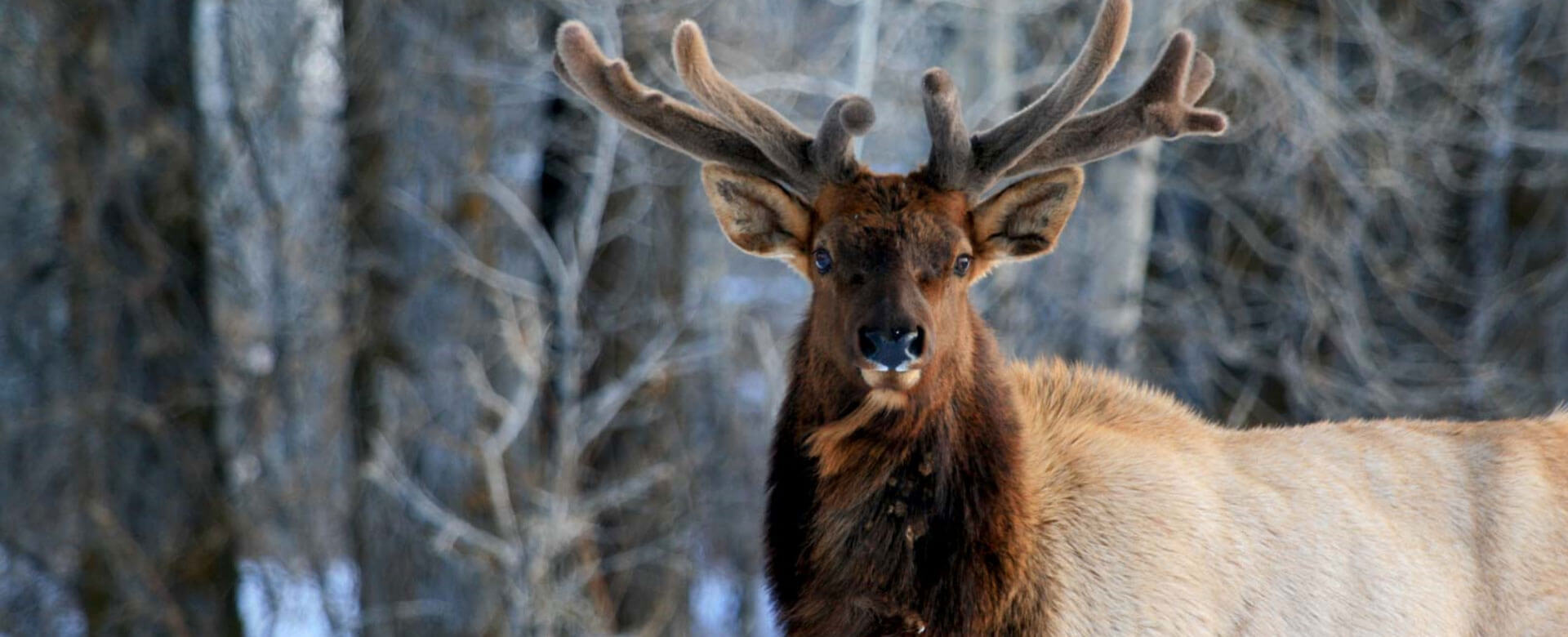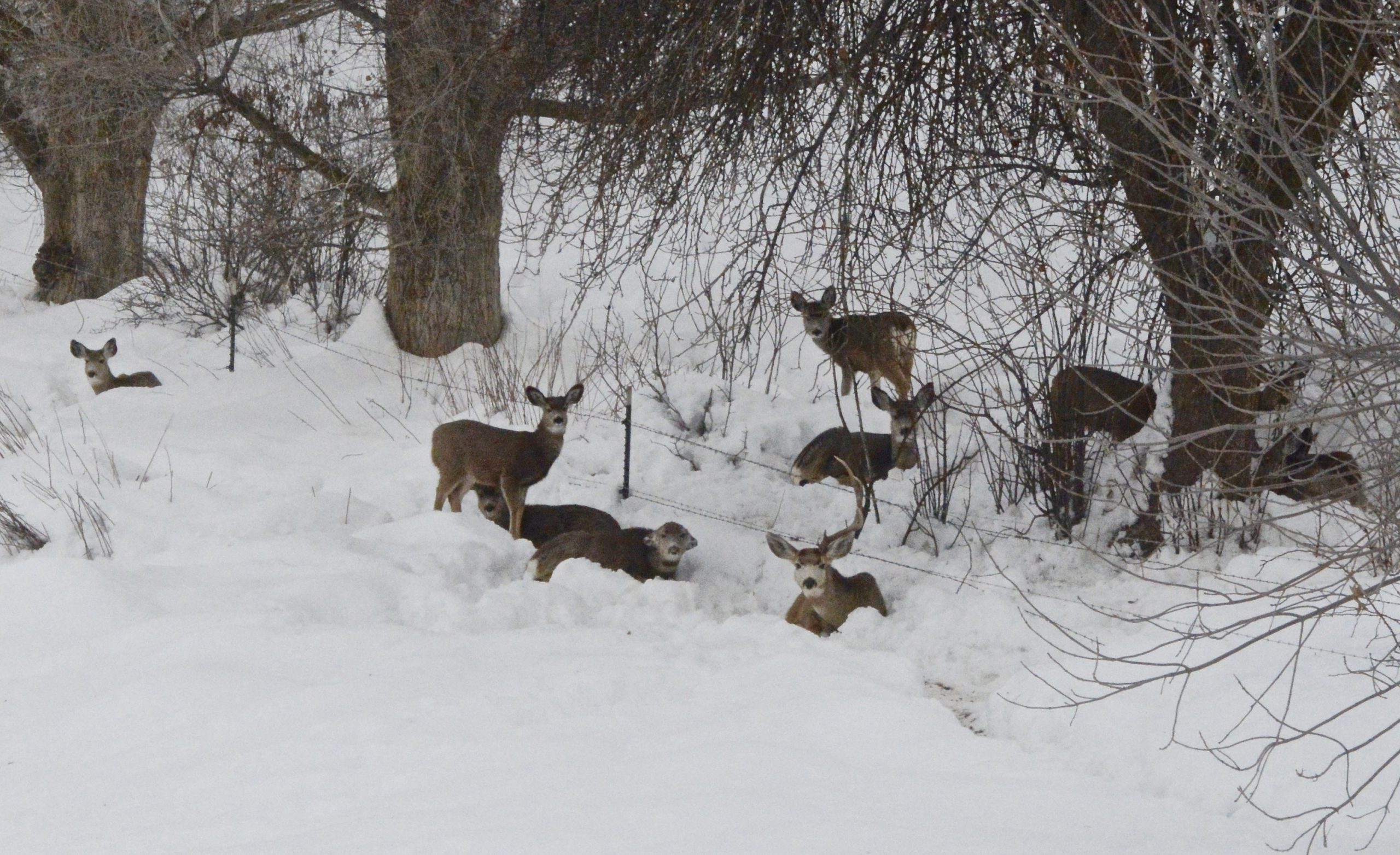
Do your part to protect wintering wildlife by leaving animals undisturbed
For some wildlife, being left alone during winter can make a life-or-death difference.
Winter is a challenging season for Idaho’s wildlife, especially for big game animals that migrate to lower elevations and spend winter closer to people than during other seasons. People can help animals by leaving them undisturbed so they have a better chance to survive winter.
Read more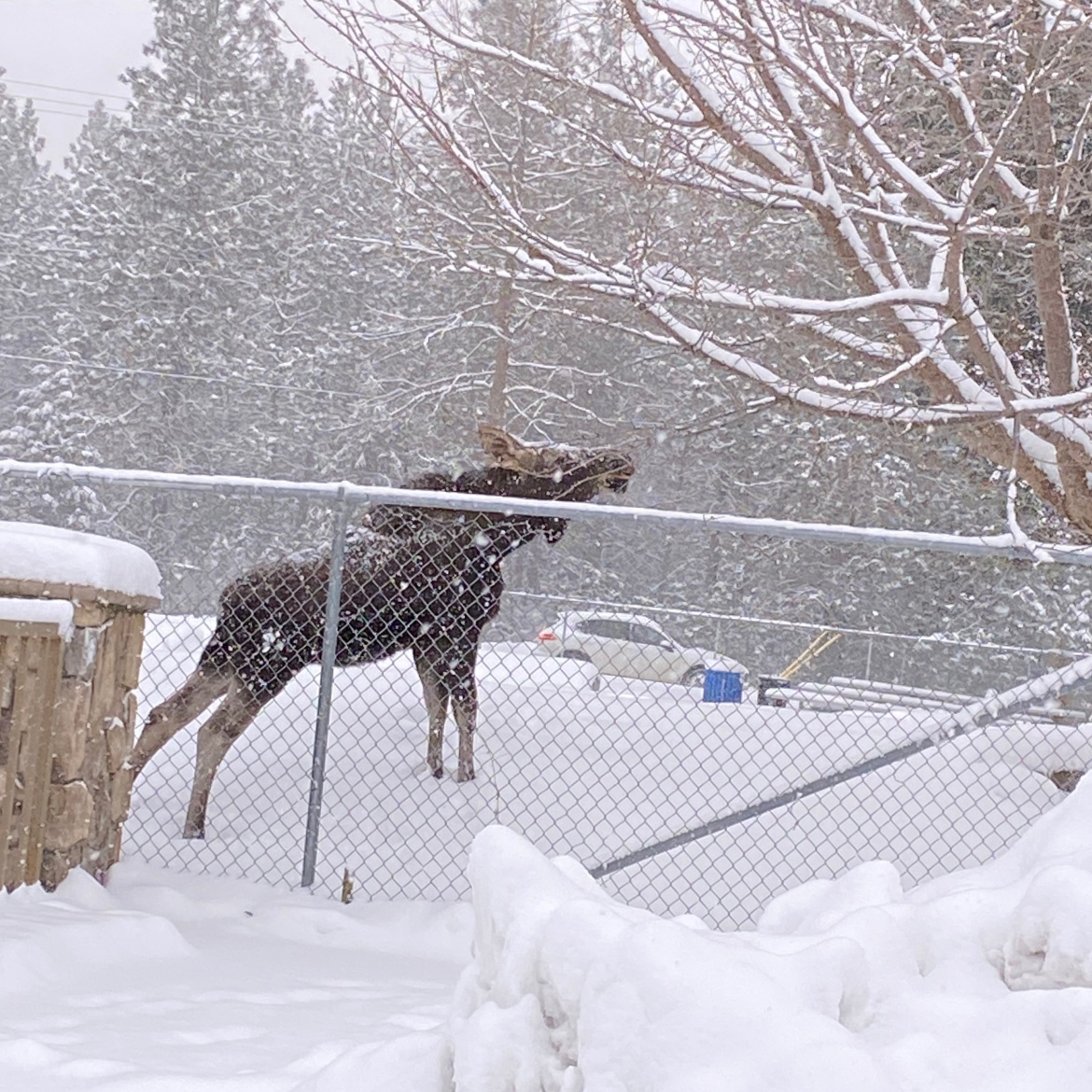
To protect wildlife and public safety, give moose in town space
Refrain from approaching or feeding moose to keep you and your neighbors safe.
During the winter, it is not surprising to see moose within city limits in the Idaho Panhandle and in other parts of the state. Moose move to lower elevations to avoid deep snowpack and take advantage of milder weather conditions. As the largest member of the deer family, moose sightings are part of what makes living in northern Idaho so spectacular.
Read more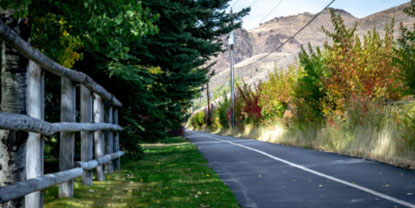
Living near wildlife has its rewards, challenges
Urban wildlife is all around us in Idaho, and seeing a deer in a local park, raccoon tracks in the snow, or a hawk in the backyard can be fascinating and educational. Learn how to be a responsible wildlife watcher and neighbor in this month’s Wildlife Express.
Read More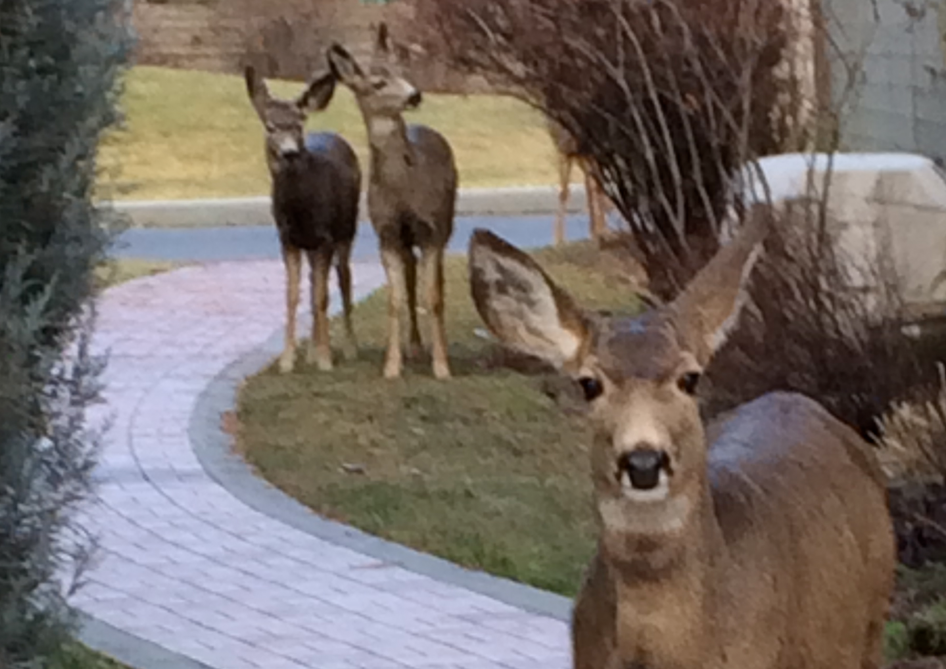
Feeding deer and elk in town does more harm than good
Public asked to let animals fend for themselves as nature intended.Feeding that cute deer fawn in your yard may seem helpful, but Idaho Fish and Game says that well-intentioned people often feed deer, elk and other wildlife without realizing the problems it can create.
Read More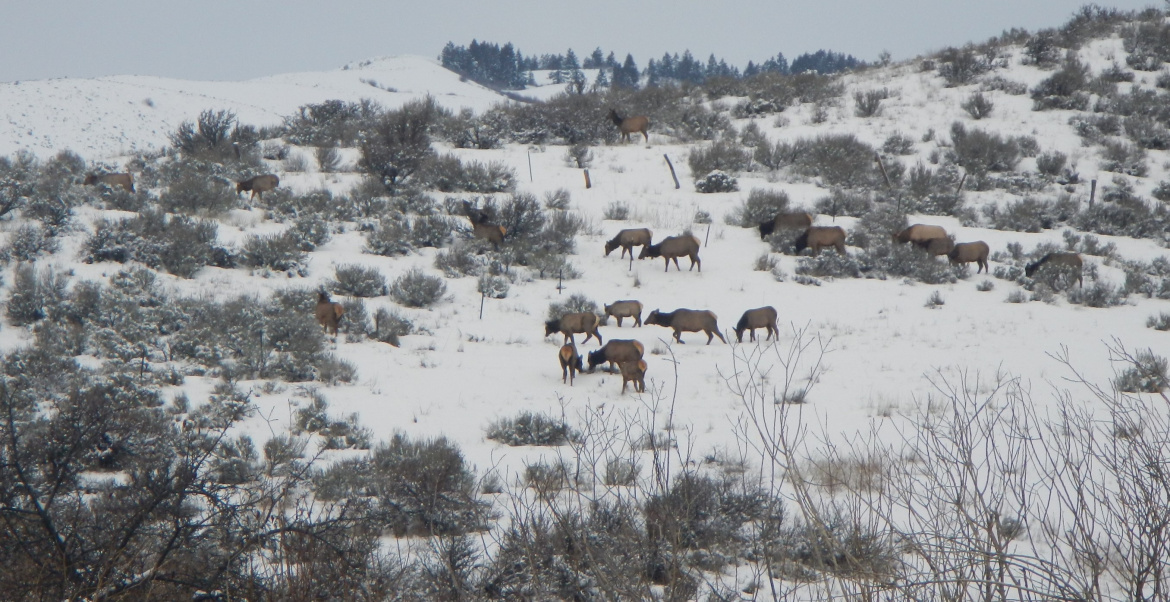
Protect wintering wildlife by avoiding areas where they congregate
If wintering animals see you and move away, you're probably too close. When it’s the “dead of winter,” it’s important that we consider our effects on wildlife so the term doesn’t apply too literally, which means people should avoid disturbing wintering animals. When animals are forced to burn extra calories to avoid people, it can make a life-or-death difference, especially for fawns and calves trying to survive their first winter.
Read More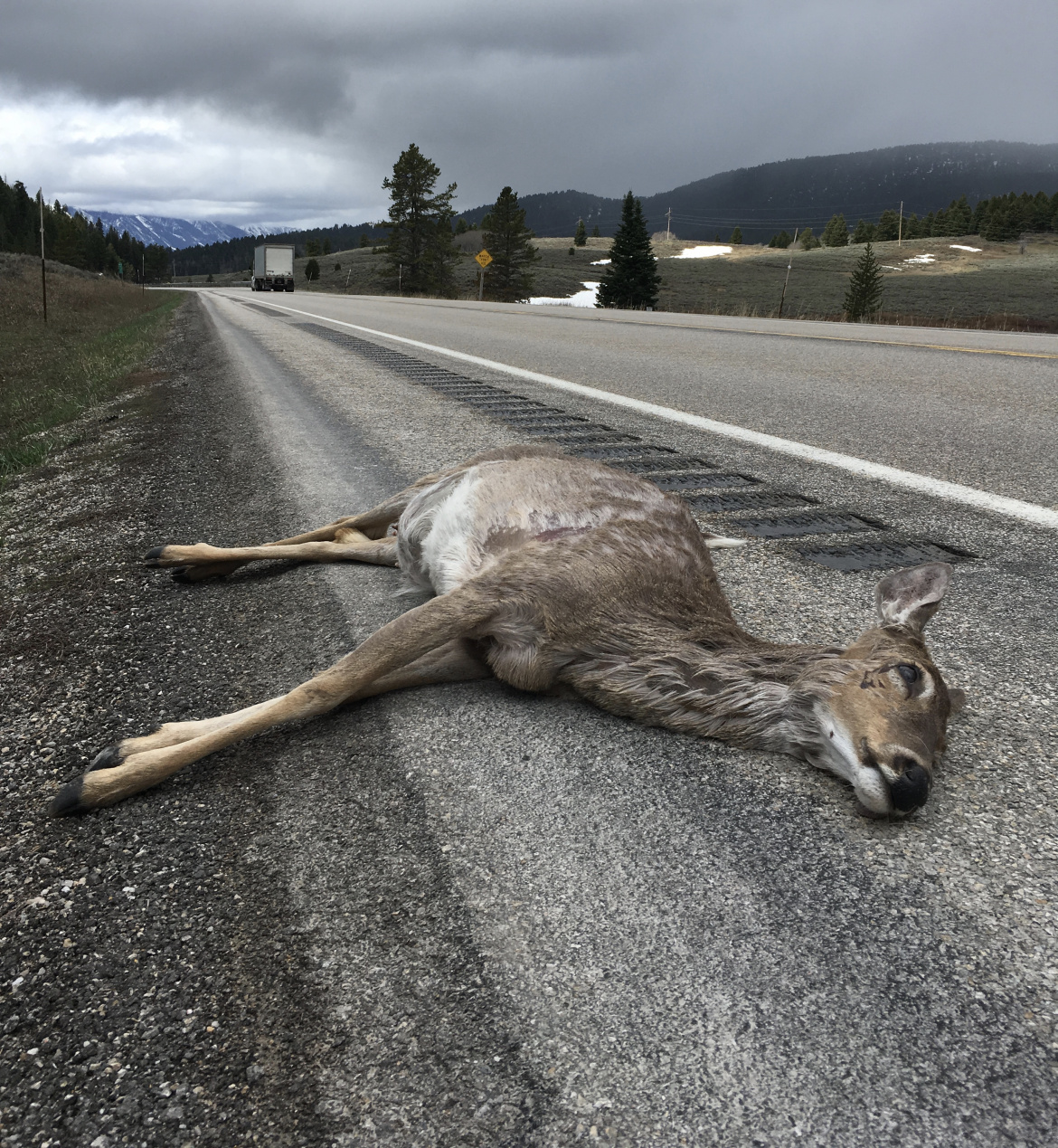
Please watch for wildlife on highways and avoid costly collisions
With big game animals at lower elevations, wildlife-vehicle collisions tend to increase during winter.
Winter is already tough for deer, elk and other big game animals, and being near busy roads and highways can be deadly, so drivers are asked to keep a sharp eye out and avoid costly and potentially dangerous collisions.
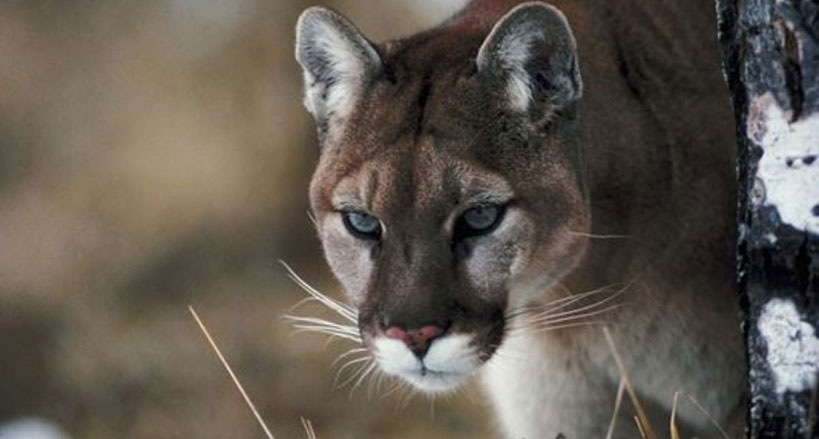
Safety tips when living in close proximity to mountain lions
When people and their pets live in close proximity to mountain lions, everyone needs to be vigilant and aware of their surroundings.
Reports of mountain lions in the Wood River Valley continue to come in, almost daily, to Fish and Game. Most reports are about lions moving through neighborhoods or sightings of lions in yards. We also receive reports of cats recorded on security cameras. Since December 14, these reports have also included reports of five attacks on dogs, three fatal, in the Valley.
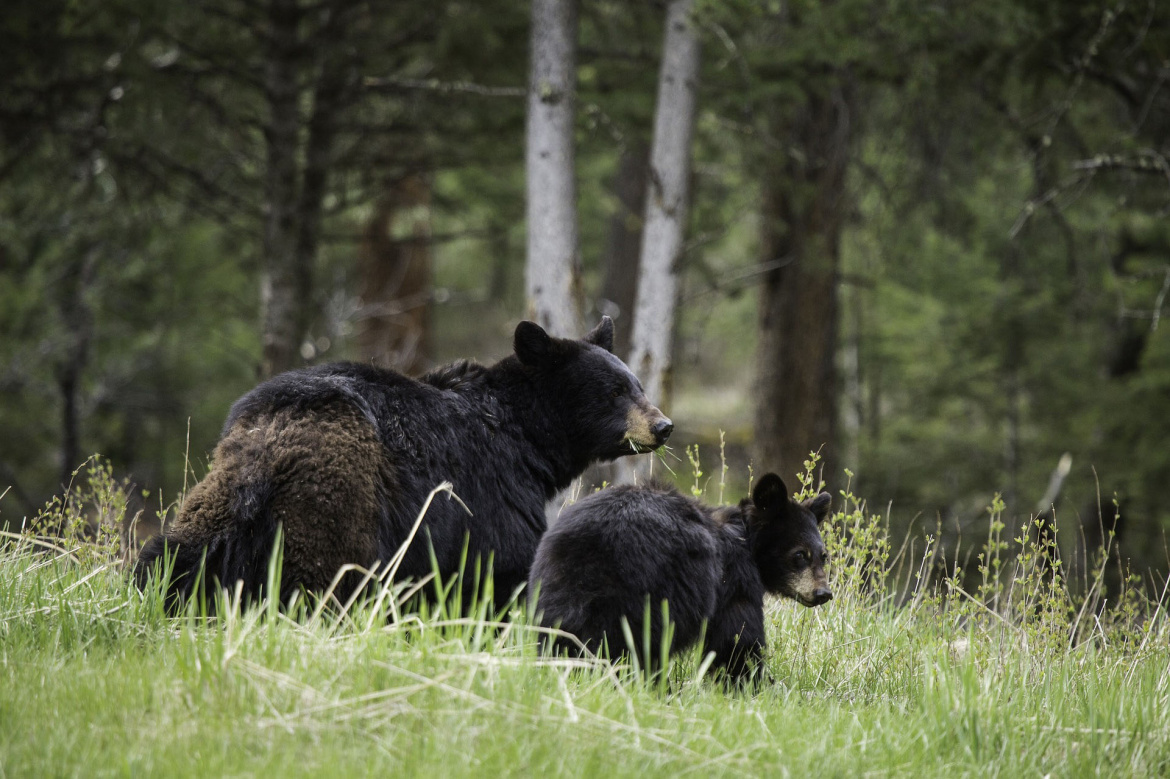
Living with Black Bears
Black bears (Ursus americanus) are found throughout both the foothills and forests of Idaho. Between 20,000 and 30,000 black bears roam these wild lands. These bears share space with a human population that is expected to grow by more than 15 percent during the next 10 years. This means that human/bear encounters will continue and likely increase.
Read More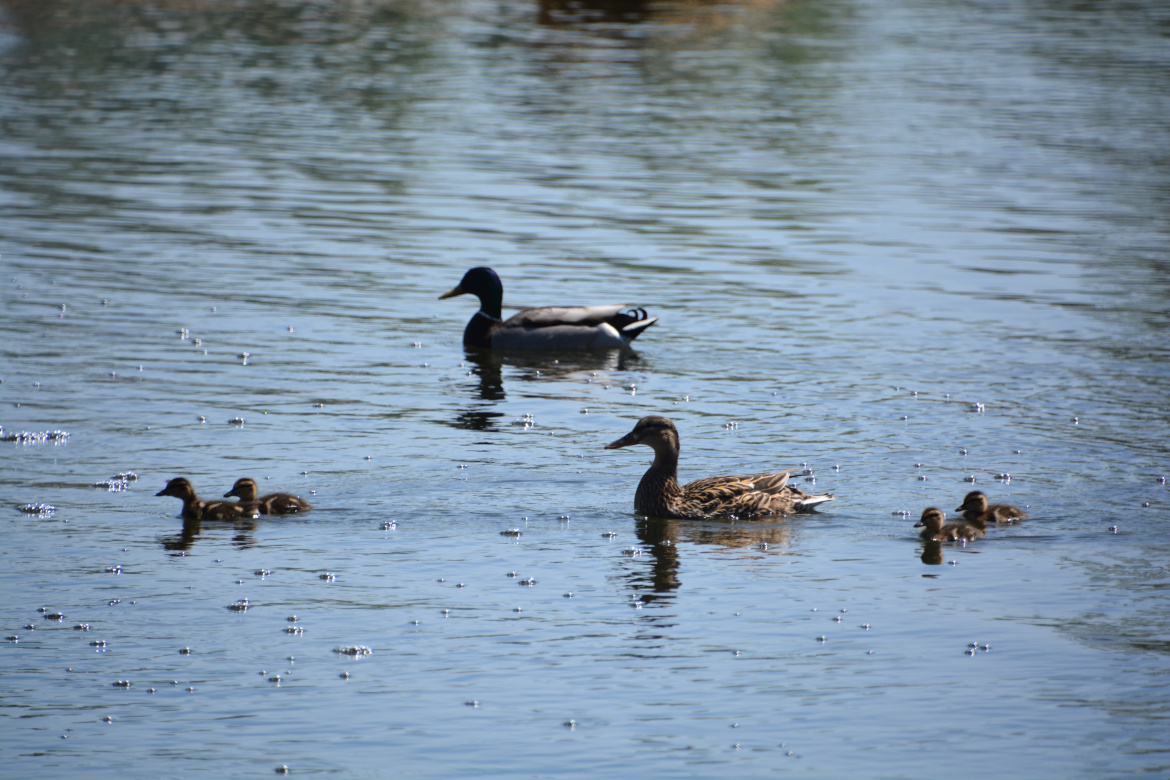
Found a baby animal in the wild? Leave it be
You might think picking up a baby animal is the right thing to do, but Mother Nature disagrees. You have heard of deer season, bear season, turkey season, and with warmer weather making appearances across the state, we have left ski season behind to welcome fishing season. But, right now, there is another important season just getting underway…baby animal season.
Read More